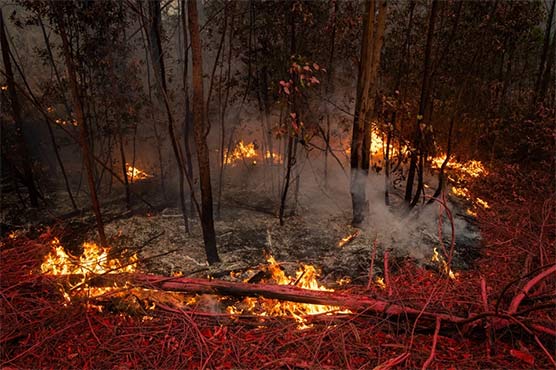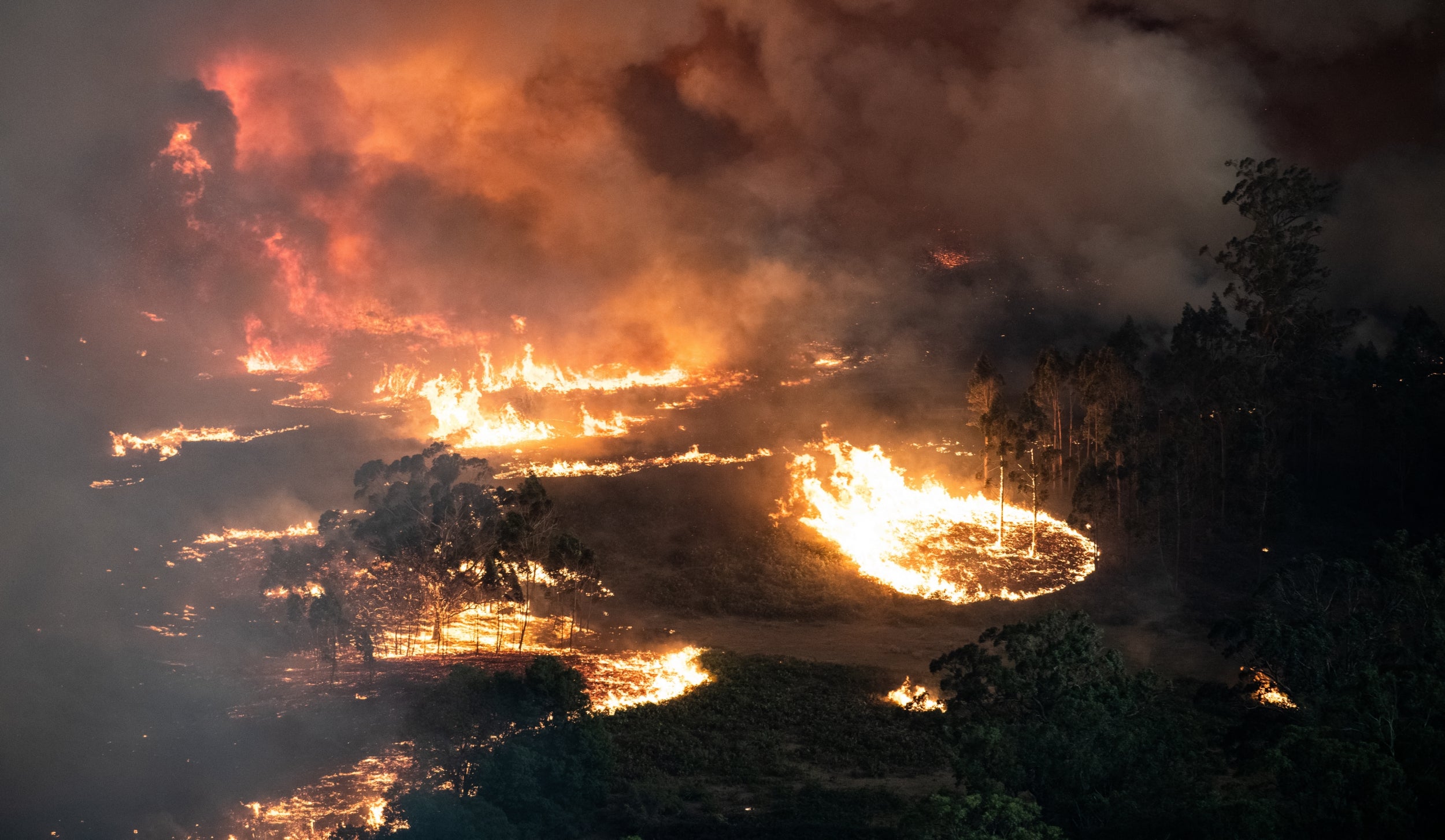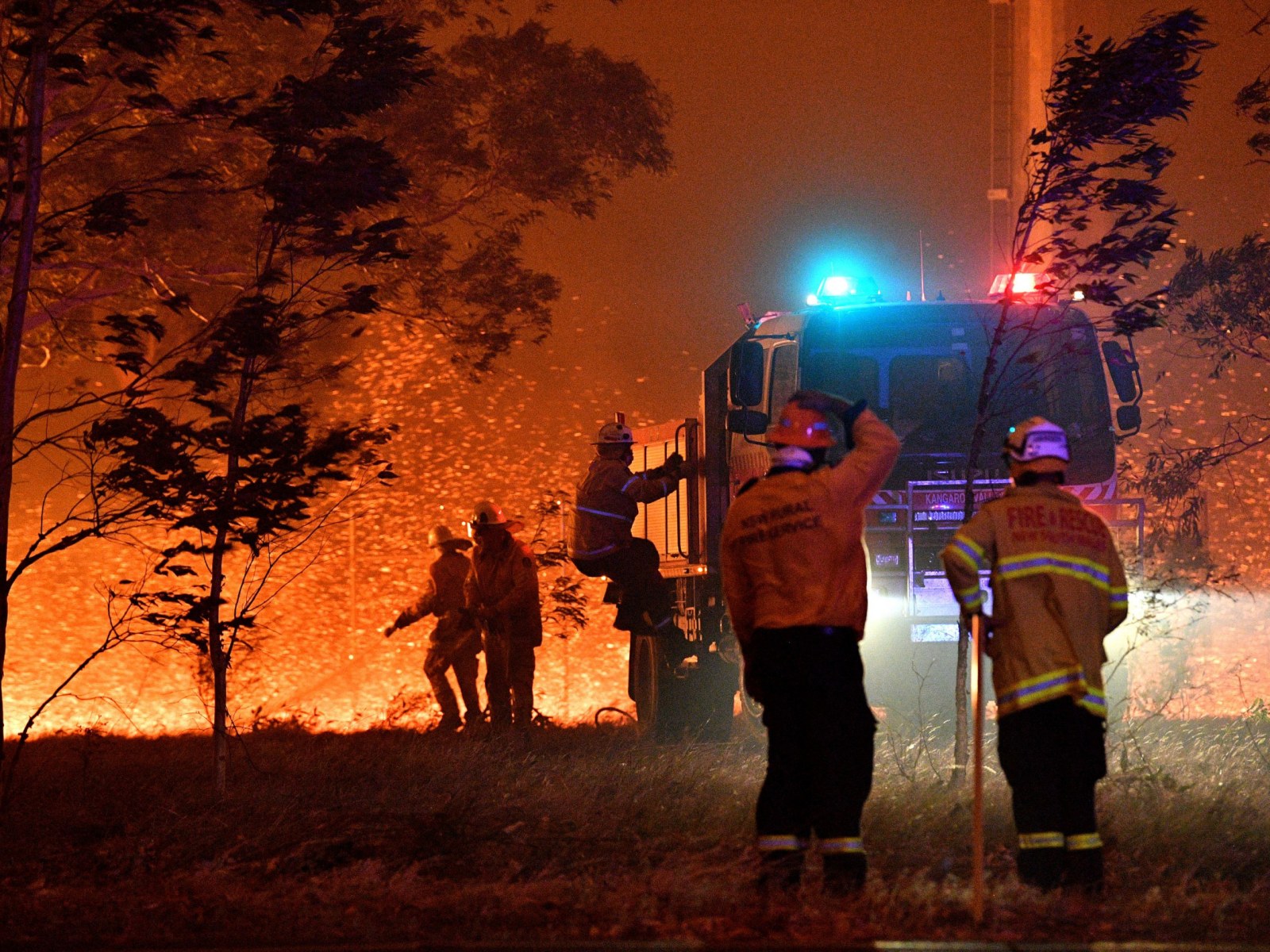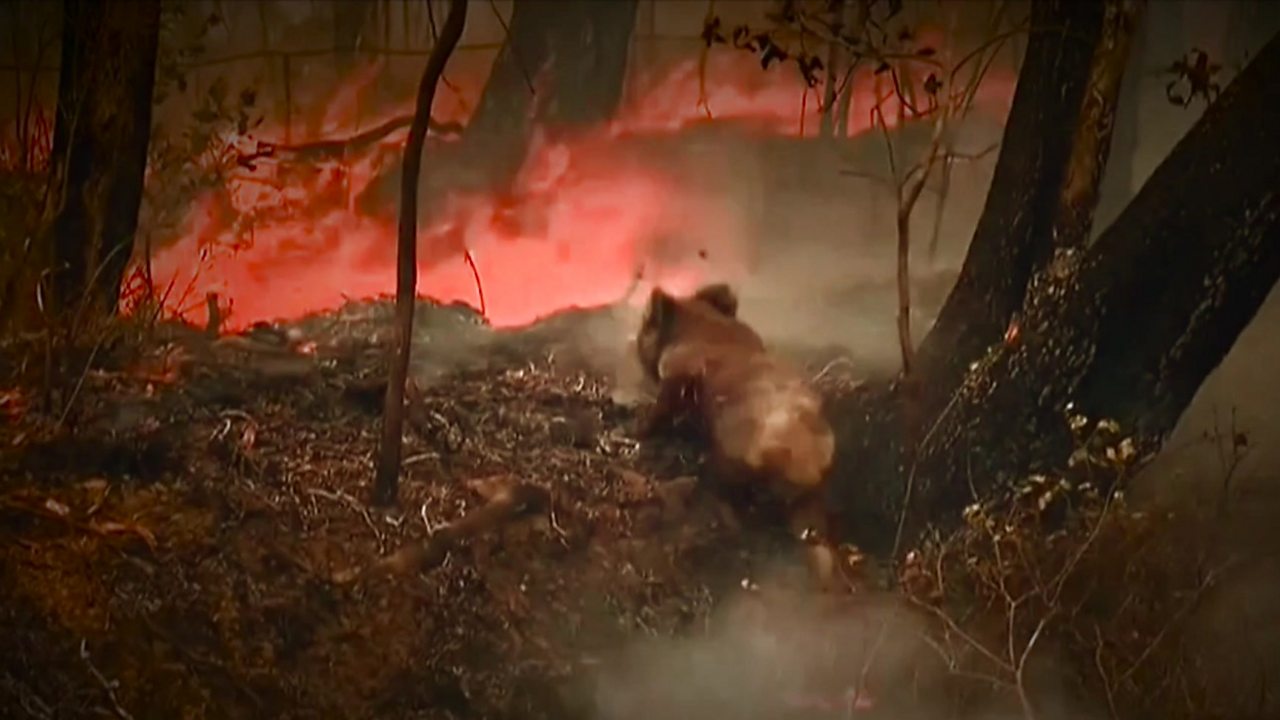How Australia fires started

The fire has been sweltering since September 2019.
(Web Desk) – Australia is experiencing an unprecedented calamity as bushfires has engulfed rural comminutes across the country since September.
According to CNET, at least 20 people have died and over 1,500 homes have been destroyed since September. Another 28 people have been confirmed missing after bushfires tore through busy tourist hubs in eastern Victoria at the turn of the New Year. The scale of the danger is humongous, and fires continue to scorch, with authorities calling for people to evacuate their homes as the country braces for another weekend of catastrophic threat.

Here s what we know about the ongoing fires and how you can help from Australia or afar.
What caused the fires?
This is a complex question. Australia is a continent familiar with bushfires, bushfire management and the importance of fires in regenerating the land. The indigenous people who have lived across the island continent for tens of thousands of years have long known the importance of fire management and how it contributes to the health of ecosystems. Bushfires are a well-understood threat, but the fires now burning across the nation have been described as "unprecedented" in their ferocity and scale.
Fires can start in a number of ways -- from carelessly discarded cigarettes to lightning strikes and arson -- but they re fueled by a dizzying amount of factors. A lack of rain and low soil moisture can help enable small fires to grow in size, and coupled with the high temperatures and fierce winds that Australia has experienced in the last few months, these small fires can become huge infernos. In addition, with the fire season getting longer, the window to perform critical hazard reduction burns has decreased, giving fires a chance to really take hold.
The bushfire risk for the 2019 season was well known to Australian firefighting chiefs, who had been trying to meet with Scott Morrison, the Australian prime minister, since April, worried that a crisis was coming, but they were constantly rebuffed.
What is the connection to climate change?
A greenhouse gas cannot start a fire on its own. Bushfires aren t started by climate change, but they are exacerbated by the effects of global warming. The Climate Council, an independent, community-funded climate organization, suggests bushfire conditions are now more dangerous than they were in the past, with longer bushfire seasons, drought, drier fuels and soils and record-breaking heat. The link between bushfires and climate change has become a political football, but experts agree climate change explains the unprecedented nature of the current crisis.

Notably, Australia experienced its hottest year on record in 2019, climbing 1.5 degrees Celsius higher than the average, according to a report by the Bureau of Meteorology. Rising temperatures increase the risk of bushfire, and in November, Sydney experienced a catastrophic fire danger for the first time ever.
There is also a horrifying feedback loop that occurs when great swaths of land are ablaze, a fact the globe grappled with during the Amazon fires of 2019. Bushfires release carbon dioxide, a greenhouse gas, into the atmosphere. The gas, which makes up only a small percentage of the total gases in the atmosphere, is exceptionally good at trapping heat. In just three months, Australia s fires are estimated to have released 350 million metric tons of carbon dioxide. Experts warn a century or more will be needed to absorb the carbon dioxide released.
What areas are affected?
Fires are raging in every state, with some of the greatest conflagrations in NSW and Victoria. The Gospers Mountains fires, in NSW, have burned over half a million hectares, and scientists suggest it could be the largest single-ignition point fire in Australia s history. The total area that s been burned is rapidly approaching 6 million hectares (almost 15 million acres). That s almost seven times the amount of burnt area the Amazon experienced in 2019 and about three times the amount burnt in California s 2018 wildfires.

The Japanese weather satellite, Himawari, captured some stunning images from space of the smoke plumes developing off the south-east coast of Australia. You can see the formation of huge pyrocumulus clouds, a type of smoke cloud often seen during bushfires that can generate its own problematic weather -- including lightning storms.
The Guardian Australia has an excellent interactive map you can use to understand the extreme size of the fires, and the entire fire front, compared to other cities around the globe.
The dust and ash from the fires have spread across the ocean and as far as New Zealand s Franz Josef Glacier. On Jan. 1, images emerged of Franz Josef s snowy mountaintops colored a caramel brown. The distance between the glacier and the bushfire front is about the same as the distance from Boston to Miami.
Who is fighting the fires?
The majority of these fires are burning in regional and rural areas where volunteer firefighting services are the chief firefighting organizations. The New South Wales Rural Fire Service has around 70,000 members, but most of them are performing unpaid work to protect the lives and homes of their compatriots. A report by the BBC suggests approximately 3,000 firefighters are on the ground every day battling blazes.

American and Canadian firefighters and fire experts have been flown in over the past month to help control the blazes. Over 100 US firefighters have been flown in, with more flying out on Jan. 6.
On Jan. 4, Morrison announced the Australian government would be sending in military support including the country s largest warship, HMAS Adelaide, to help evacuate regional communities on Victoria s coast. Additionally, 3,000 army reservists were asked to assist in fire recovery efforts. Four extra water-bombers have been leased to provide additional air support.
When will they end?
Another complex question. Predictions suggest they will stretch well into 2020. After all, Australia is only one month through summer and dry, hot conditions persist through March and April. Much-needed rain, which would help alleviate some of the uncontrolled blazes, is still forecast to be months away.
Are koalas at risk of extinction?
An erroneous report in November 2019 stated that the koala, an Australian icon, was "functionally extinct" due to the bushfires burning across NSW and Queensland. Experts do not believe this to be true, but the species -- and many other native Australian fauna -- are under threat as a direct result of the uncontrolled blazes.

Ecologists at the University of Sydney estimate that up to 480 million animals may have perished in the conflagrations, including up to 8,000 koalas. Sussan Ley, Australia s environment minister, told the Australian Broadcasting Corporation that the true extent of deaths can t be fully grasped until the fires have stopped burning and "a proper assessment can be made."
As the fires slither across the nation, it s not only the koala that is in strife -- much of Australia s native wildlife is being displaced.



